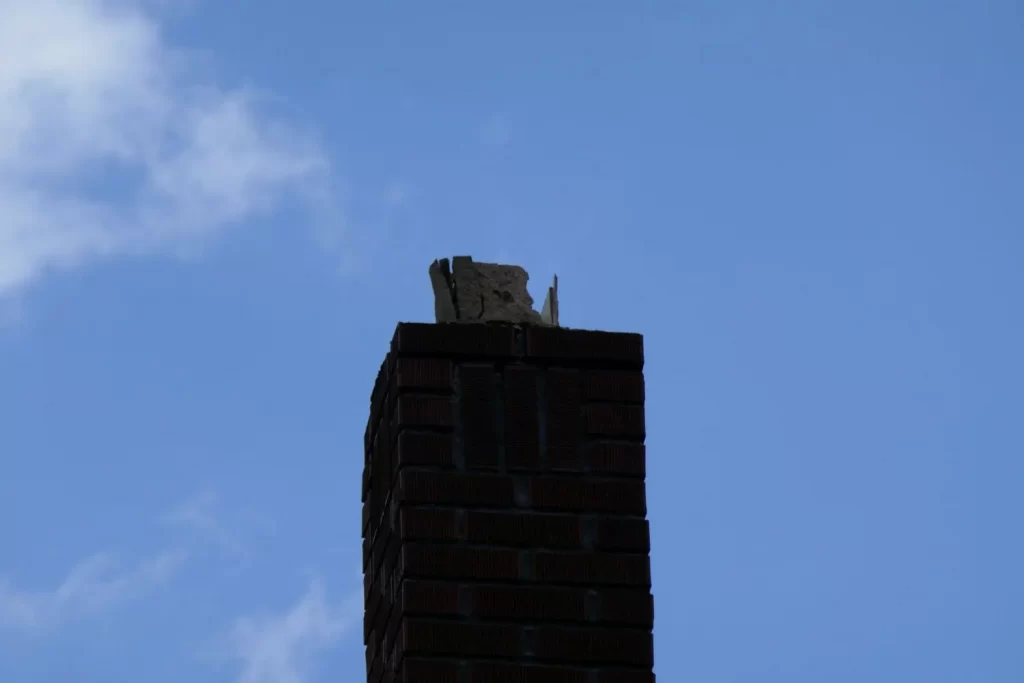Chimney toppers or chimney caps are the highest point on a house. They arent going away, but they are commonly not used on modern homes because of the construction methods changing from clay tile sections of pipe to metal double walled pipe.
Most of the reasons why is due to cost, but if you go upstream, the cost is because artesian crafts like masonry are dying and homes are becoming more efficiently built. In times not far from current, youd have the foundation poured or blocked and the mason would stay onsite and create the fireplace and then the framer would complete only for the mason to return and pour the concrete hearth. All of those back and forth movements are streamlined now by the foundation being poured, framer coming onsite and the framer installing the fireplace insert and then either the framer taking the double walled pipe out to the roof or the HVAC contractor performing that.
When you view a house with a traditional masonry chimney, you need to understand as a homeowner, or buyer of that house that the system will need maintainence, either by chimney sweep annually or by mason doing periodic tuckpointing or re-capping.
Maintaining water at this upper most architectural detail of your house is important and below is a broad opinion of qualities to know when making this decision to maintain or to purchase.
